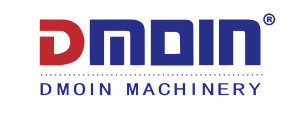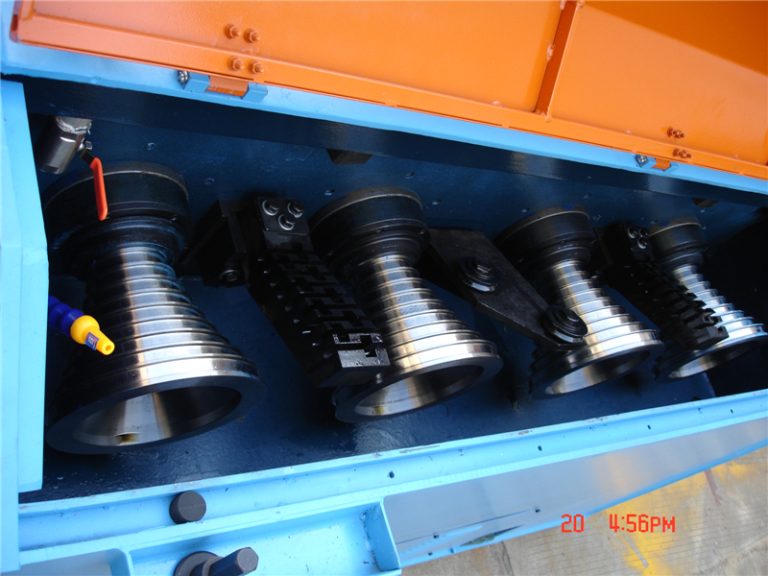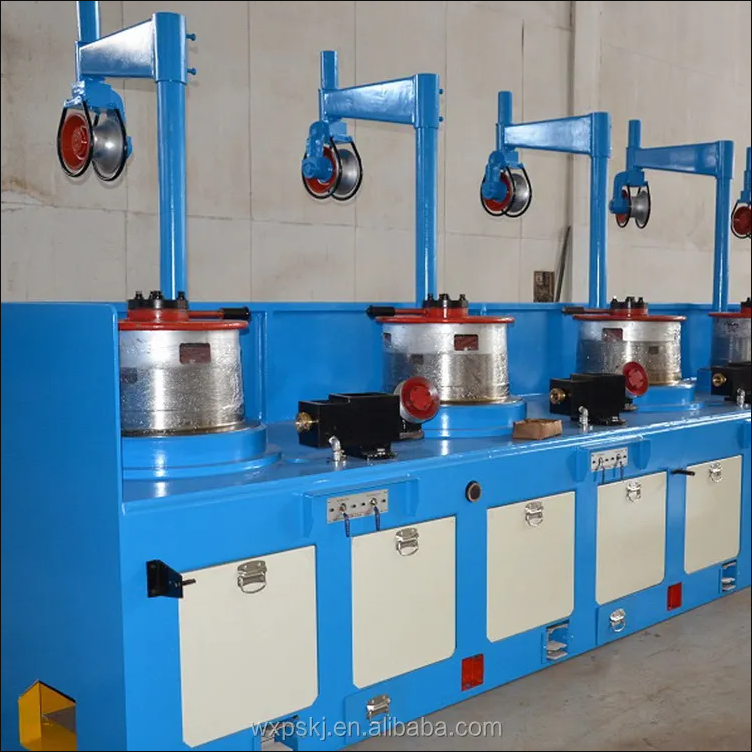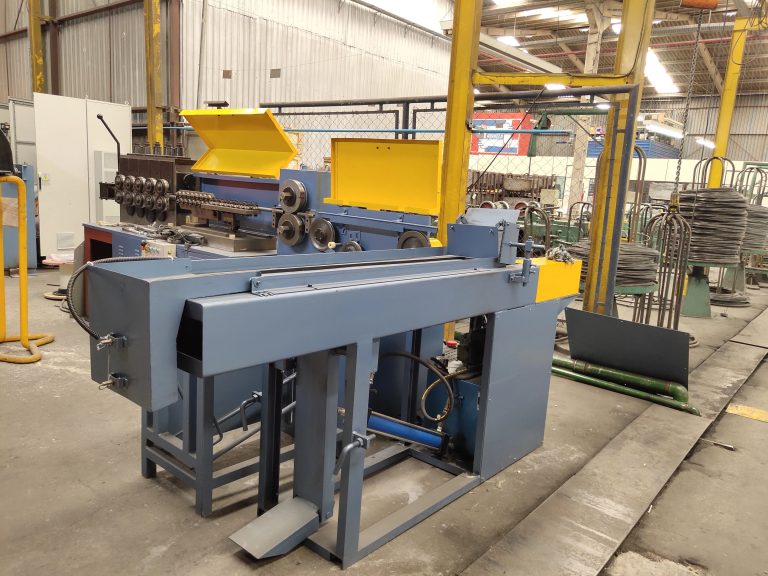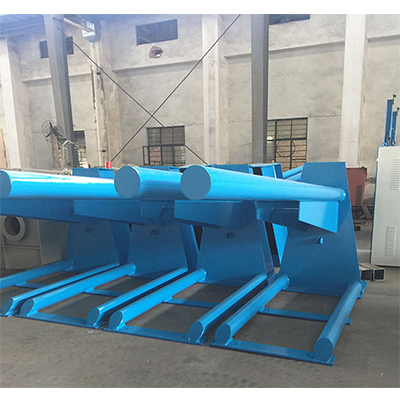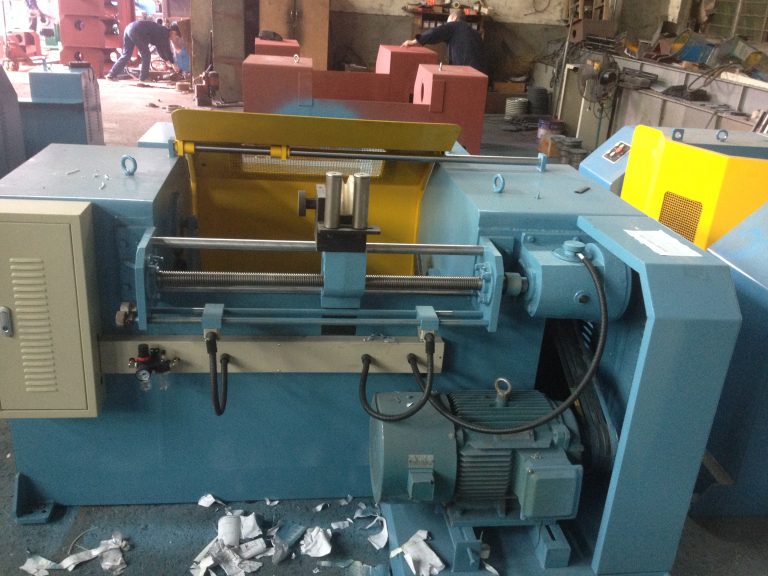Table of Contents
Merits of Using Rolling Ring Traverse Drive in Industrial Applications
Rolling ring traverse drives are a crucial component in many industrial applications, providing a reliable and efficient method for moving materials along a linear path. These drives offer a number of advantages that make them a popular choice for a wide range of industries.
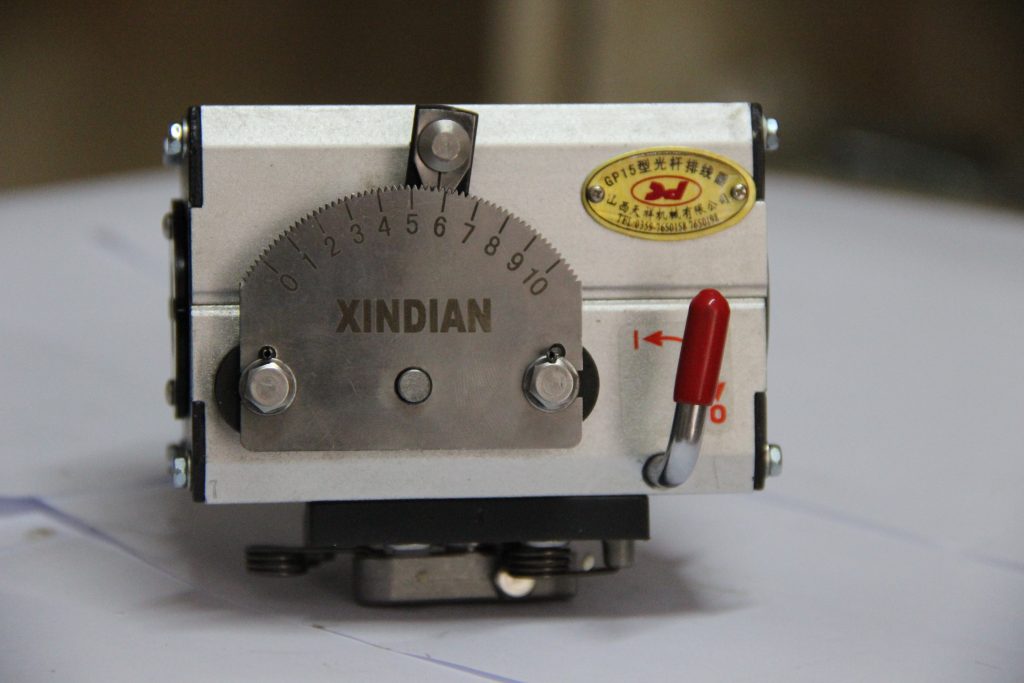
One of the key advantages of using a rolling ring traverse drive is its simplicity and ease of use. Unlike more complex drive systems, such as belt or chain drives, rolling ring traverse drives are relatively straightforward in design and operation. This makes them easy to install and maintain, reducing downtime and increasing overall efficiency.
In addition to their simplicity, rolling ring traverse drives are also highly versatile. They can be used in a variety of applications, from moving materials along a production line to positioning components in a manufacturing process. This flexibility makes them an ideal choice for industries that require precise and reliable motion control.
Another advantage of rolling ring traverse drives is their durability. Made from high-quality materials, such as stainless steel or aluminum, these drives are built to withstand the rigors of industrial use. This means that they can operate reliably in even the harshest environments, providing consistent performance over an extended period of time.
Furthermore, rolling ring traverse drives offer excellent precision and accuracy. With the ability to control speed, direction, and position with a high degree of accuracy, these drives are ideal for applications that require precise motion control. This level of precision can help improve product quality and consistency, leading to increased efficiency and reduced waste.
Additionally, rolling ring traverse drives are known for their smooth and quiet operation. Unlike other drive systems that can produce noise and vibration, rolling ring traverse drives operate quietly and smoothly, creating a more comfortable working environment for employees. This can help reduce fatigue and improve overall productivity in the workplace.
One of the key benefits of using rolling ring traverse drives is their cost-effectiveness. Compared to other drive systems, such as servo motors or pneumatic cylinders, rolling ring traverse drives are often more affordable to purchase and maintain. This can result in significant cost savings for businesses, making them a cost-effective solution for a wide range of industrial applications.
Overall, the advantages of using rolling ring traverse drives in industrial applications are clear. From their simplicity and versatility to their durability and precision, these drives offer a number of benefits that can help improve efficiency, productivity, and cost-effectiveness in a variety of industries. Whether used for moving materials along a production line or positioning components in a manufacturing process, rolling ring traverse drives are a reliable and efficient choice for businesses looking to optimize their operations.
Troubleshooting Common Issues with Rolling Ring Traverse Drive Systems
Rolling ring traverse drive systems are commonly used in various industrial applications to move materials or components along a linear path. These systems are known for their simplicity, reliability, and precision. However, like any mechanical system, rolling ring traverse drives can experience issues that may affect their performance. In this article, we will discuss some common problems that may arise with rolling ring traverse drives and how to troubleshoot them effectively.
One of the most common issues with rolling ring traverse drives is misalignment. Misalignment can occur when the drive shaft is not properly aligned with the guide rail, causing the rolling rings to bind or skip along the track. This can result in uneven movement of the material being transported and can lead to premature wear of the drive components. To address this issue, it is important to ensure that the drive shaft is properly aligned with the guide rail and that the rolling rings are free to move along the track without any obstructions.
Another common problem with rolling ring traverse drives is excessive wear of the rolling rings. Over time, the rolling rings can wear down due to friction and contact with the guide rail, leading to decreased precision and accuracy in the movement of the drive system. To prevent excessive wear of the rolling rings, it is important to regularly inspect the drive components for signs of wear and replace any worn parts as needed. Additionally, lubricating the rolling rings and guide rail can help reduce friction and prolong the life of the drive system.
In some cases, rolling ring traverse drives may experience issues with backlash. Backlash occurs when there is excessive play or clearance between the rolling rings and the guide rail, causing the drive system to lose precision and accuracy in its movement. To address backlash, it is important to adjust the tension of the rolling rings to minimize any play or clearance between the components. Additionally, regularly inspecting the drive system for signs of wear or damage can help prevent backlash from occurring.
One of the most serious issues that can affect rolling ring traverse drives is motor failure. Motor failure can occur due to a variety of reasons, including overheating, overloading, or electrical issues. When a motor fails, the drive system will not be able to move the material along the track, resulting in downtime and lost productivity. To prevent motor failure, it is important to regularly inspect the motor for signs of overheating or damage and to ensure that the motor is properly sized for the application.
In conclusion, rolling ring traverse drives are reliable and efficient systems for moving materials along a linear path. However, like any mechanical system, they can experience issues that may affect their performance. By addressing common problems such as misalignment, excessive wear, backlash, and motor failure, you can ensure that your rolling ring traverse drive system operates smoothly and efficiently. Regular maintenance and inspection of the drive components are key to preventing issues and maximizing the lifespan of the drive system.
